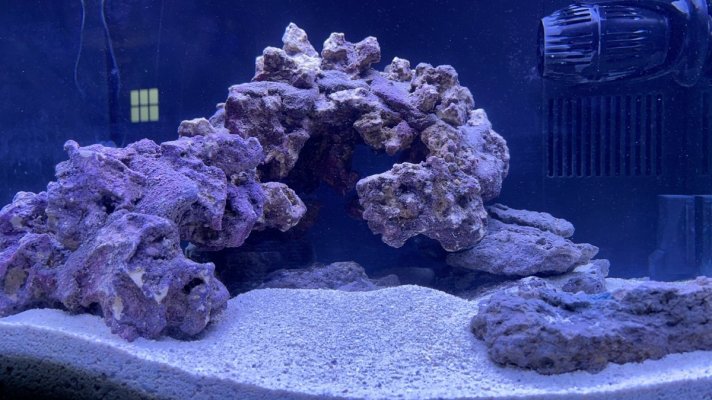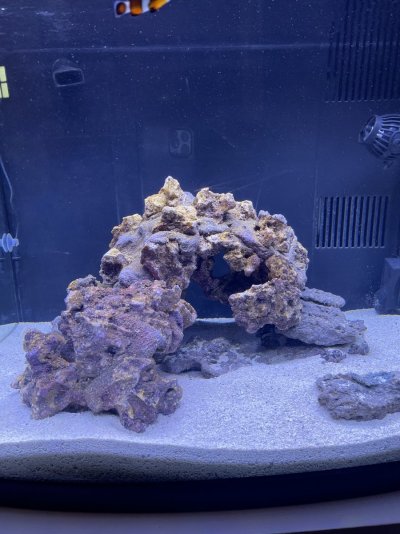- Joined
- Feb 23, 2019
- Messages
- 5,895
- Reaction score
- 4,399
Im surprised this hasnt been brought up yet, throw out the API test kits. They notoriously have false positives and inaccurate readings, I wouldnt ever trust the results of one. If you want better results go for salifert, red sea, or hanna checkers.Just retested everything




















